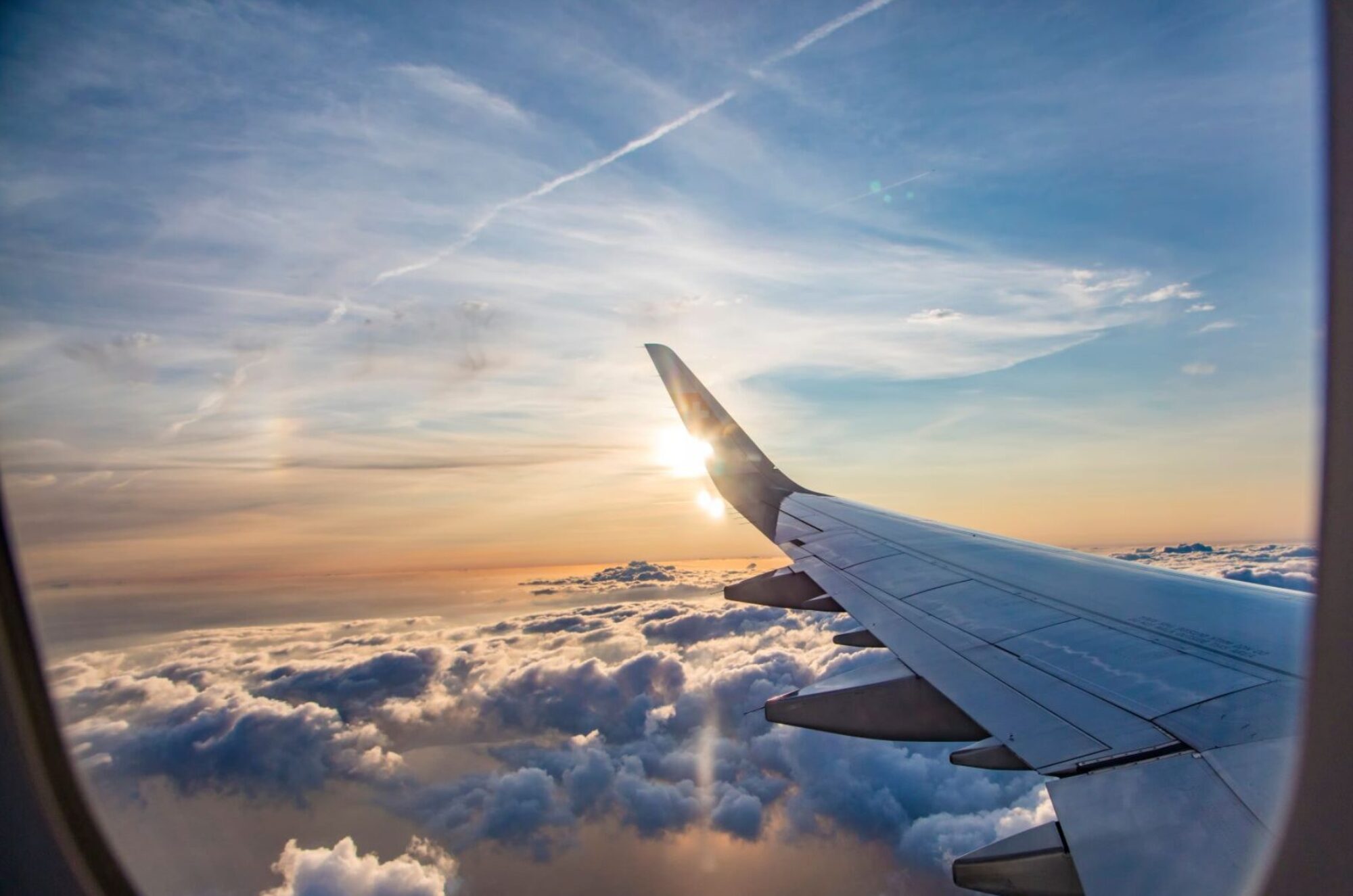As the plane made its unusually turbulent descent toward the stunning island of Oahu—and despite my fear of flying (I know, it seems ridiculous for a seasoned traveler like me to be this scared)—the breathtaking view outside somehow managed to distract me. A sea of emerald-green cliffs, dotted with palm trees, stretched across the deep blues of the Pacific. It was everything you imagine Hawaii to be—but better. The island looked like a living postcard, with vibrant vegetation sprawling across the landscape. From the sky, I could almost feel the land’s richness, its greenery glimmering under the morning sun, promising ultimate relaxation and warmth below.
Upon landing, I was immediately struck by the hospitality of the Hawaiian people. At our hotel in Ko Olina, staff welcomed us with bright pink leis made of fragrant orchids, their delicate scent mingling with the hibiscus and sandalwood that filled the open-air lobby. It felt like paradise. The air carried a blend of salty ocean breeze, tropical flowers, and the sweetness of banana-scented sunscreen. The concierge handed us our leis with care, saying “Aloha” with such sincerity that we felt not just like guests but like honored visitors.
While my friends took their time getting ready for our luau dinner at Paradise Cove Beach, I struck up a conversation with the concierge to pass the time. She shared stories about the island, and we talked about the recent fires that had scarred parts of Oahu. Despite the destruction, her tone was unwaveringly optimistic. She shared a saying that stayed with me long after the conversation ended: “Mohala i ka wai ka maka o ka pua”—“Flowers thrive where there is water, as thriving people are found where living conditions are good.”
It was a phrase loaded with meaning. In Hawaiian, wai not only refers to fresh water, a necessity for life, but also symbolizes wealth. The islanders see abundance not just as material wealth but as the well-being of their community, and this holistic perspective struck me deeply. This approach reflects how interconnected life on the islands is—the wellbeing of the land, the people, and the culture are woven together, just like the leis draped around our necks upon arrival.
As we arrived at Paradise Cove that evening, the beach came alive with vibrant color and sound. Palm trees swayed beneath the setting sun, and the scent of roasting pig permeated the air. It felt surreal to experience such beauty, knowing the hardships the land and its people had recently endured. But the luau was more than just a performance—it was a powerful celebration of resilience, culture, and gratitude. Everywhere I looked, I felt surrounded by appreciation for the island. The dancers moved gracefully across the sand, each step a tribute to their land and heritage.
That evening, surrounded by friends and strangers alike, I reflected on the concierge’s words.
The saying wasn’t just about flowers or water; it was about survival through connection—how communities flourish when nurtured by care and shared responsibility. The Hawaiian people, even after enduring such devastating fires, embodied this truth. They expressed gratitude for their land, not in spite of the hardships they faced, but because of them. Their resilience wasn’t just about rebuilding structures; it was about holding onto the things that matter most—community, culture, and respect for the land that sustains them.
As I flew home, I carried that saying with me. Mohala i ka wai ka maka o ka pua became more than just a reminder of Hawaii’s beauty—it was a life lesson about thriving in the face of challenge. Just as flowers bloom where water flows, people flourish where they are nurtured. And in both big and small ways, we can create those conditions wherever we go, carrying a bit of that Hawaiian spirit with us, wherever life takes us.
